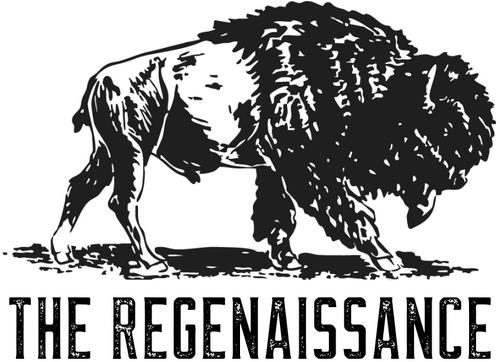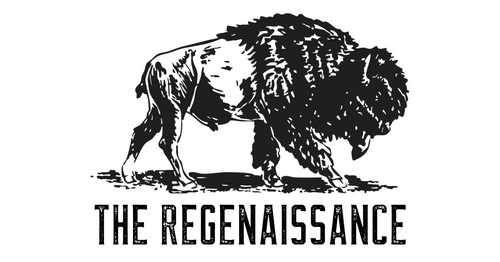Texas just set a grim record: the highest honeybee colony loss since national tracking began in 2010. Beekeepers across the state report losing 60–66% of their hives in 2024–2025, far beyond the already-alarming 30–50% that had become the “new normal.” Nationwide, losses topped 55.6%—the worst in U.S. history.
This isn’t just a beekeepers’ problem. Honeybees pollinate 75% of crops and add $16 billion in value to U.S. agriculture every year. When they collapse, so does our food system.
Today we’ll dig into:
-
What’s killing the bees in Texas
-
How it threatens regenerative farmers and ecosystems
-
What local farmers and experts are saying
-
How 2025 compares to past years and other states
What’s Behind Texas’s Bee Collapse?
Experts like Texas A&M’s Garett Slater agree, the crisis comes down to five converging pressures:
-
🕷️ Varroa mites & viruses: The #1 culprit. These parasites spread deadly viruses, and in 2025 they became more resistant to treatments.
-
☠️ Pesticide exposure: Sublethal doses from industrial farming and landscaping weaken bees’ immunity.
-
🌾 Habitat loss & poor forage: Texas monocropping and urban sprawl strip bees of diverse food sources.
-
🌡️ Extreme weather: Droughts, heatwaves, and late freezes in Texas magnify the damage.
-
👑 Failing queens: Colonies collapse faster when queens fail under stress.
Why It Matters for Regenerative Farmers
For regenerative farmers, this is more than a pollination problem—it’s a system shock.
-
Crop productivity: Melons, pumpkins, berries, and even cotton (a major Texas crop) rely on bees. Without them, yields drop 15–25% or more.
-
Economic hit: Beekeepers renting hives for pollination lost revenue, while farmers face higher costs or outright shortages of bees. In California alone, unmet almond pollination cost growers $428 million.
-
Ecosystem collapse: Bees aren’t just crop pollinators—they sustain wildflowers, cover crops, and biodiversity. A pollinator crash means weaker soils, fewer beneficial insects, and less resilient farmland.
In short: when the bees go, the regenerative promise of diverse, resilient agriculture goes with them.
What Farmers and Beekeepers Are Saying
-
Robert Wheeler, Frio Country Farms (Texas): Lost two-thirds of his 3,000 hives: “I just don’t really know why, but it sounds scary.”
-
Blake Shook, veteran Texas beekeeper: Warns that if 70% losses become the norm, “we may hit a point of no return.”
-
Garrett Slater, Texas A&M: Calls bee loss an “agriculture and food security challenge”—one of the steepest declines ever seen.
Beekeepers and regenerative growers are pleading for urgent change: more forage habitat, reduced pesticide use, and investment in mite-resistant bee genetics.
Texas vs. Past Years and Other States
-
Texas 2025: 60–66% loss (record high).
-
Texas previous years: 30–50% loss was typical. In 2023, Texas lost ~40–50%.
-
U.S. 2025 average: 55.6% (worst national loss since tracking began).
-
State variation: Some states saw ~34% losses, others over 90%. Texas ranked among the worst.
The takeaway? Texas isn’t alone—but as a pollination hub (supplying hives to states like California), its collapse ripples across the U.S. food system.
Where Do We Go From Here?
The solutions aren’t corporate chemicals—they’re regenerative principles:
-
🌻 Plant pollinator-friendly cover crops, hedgerows, and wildflower strips.
-
🚫 Reduce or eliminate pesticide use.
-
🐝 Support local beekeepers breeding resilient, mite-resistant bees.
-
🤝 Connect regenerative farmers with beekeepers for habitat + pollination partnerships.
The crisis is dire, but it’s also a rallying call. By defending pollinators, we defend the future of food freedom.





